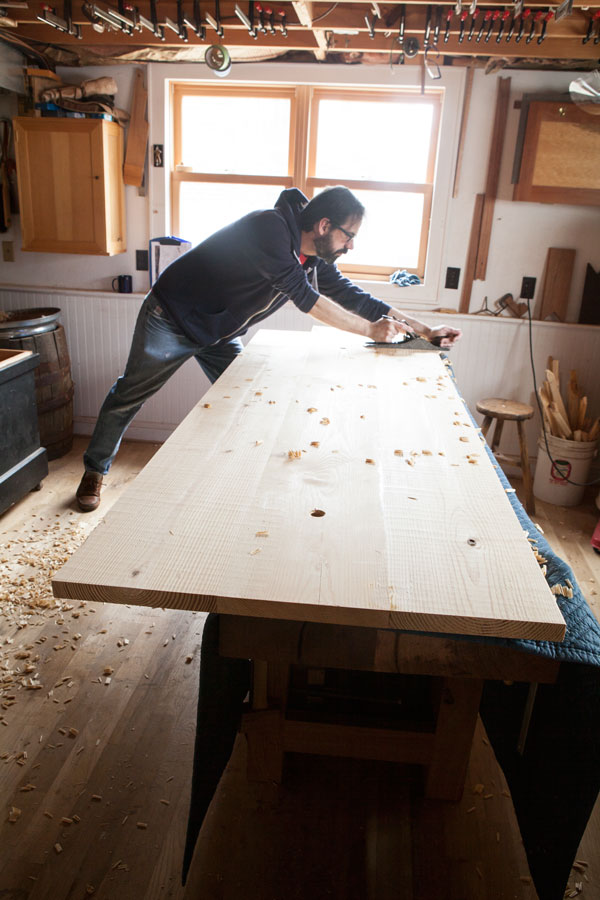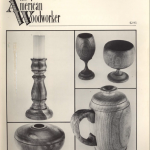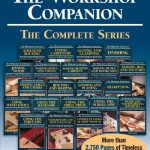We may receive a commission when you use our affiliate links. However, this does not impact our recommendations.
Woodworking opinion swings with the generations when it comes to picking tools, woods and techniques. Lately I’ve seen a lot of writing about gluing up panels that goes something like this:
Because the glue bond in an edge joint is stronger than the wood itself, it’s unnecessary to use splines, biscuits or a tongue-and-groove in the joint. In fact, you could actually weaken the joint with these methods. So just apply glue and clamp.
The above paragraph is 100 percent true, but not in all cases.
When gluing up short panels – say 3’ to 4’ long – I completely agree with the above procedure. But when you get into tabletops that are 6’, 8’ or longer, I completely switch gears.
It can be difficult to keep all those joints aligned along the entire seam, especially if the top is more than two boards. And that’s when these alignment aids can save you a lot of time.
For example: I’m building a couple rustic dining tables this week that are 30” wide and 7’ long. During a dry-fit of the panels it was a challenge to keep the seams aligned. So I broke out my Festool Domino and put four Dominos in every seam. If I didn’t have a Domino (which I use for modern commercial work) my next choice would be a plow plane and a spline.
The Dominos allowed me to glue up the panel in one clamping session with only four bar clamps (thanks to spring joints). And no stress during the glue up.
The real benefit became evident when I began flattening the tops this morning with a jack plane. Each surface took only three or four passes to get everything aligned and flat. The 10 extra minutes with the Domino saved me easily an hour of grunt work.
— Christopher Schwarz
P.S. Yes, I know it’s weird to be using a 21st-century tool on a 14th-century project. Oh, and to learn how to sharpen the curve on a jack plane blade, check out this post. For sharpening all your edge tools, I made a DVD “The Last Word on Sharpening” that cuts through the nonsense.
Here are some supplies and tools we find essential in our everyday work around the shop. We may receive a commission from sales referred by our links; however, we have carefully selected these products for their usefulness and quality.










Chris, 14th century woodworkers would have embraced these options, they simply lived in another era!!!
I say use what ever method you can and authenticate where visual recognition of original design elements are pertinent.
Fudge a Roubo workbench and even a novice would become suspicious!
I make windsor chairs from time to time and one of my goals is to picture perfect make a gothic such as featured on the cover of Micheal Harding-Hill’s book. Original’s are prohibitively expensive, with patience and study I will perservere untill I reach an outcome I think is workable.
What say you???
Chris, what is the wood you’re using for the table top?
Tsk tsk. For shame! Where’s your sense of tradition?
On the upside, I am confident 14th Century woodworkers wouldn’t really really care one way or another… because the are dead.
Anyway, I’m off to burn some heretics.
Chris, for projects like this where you’re using hand tools for flattening, to what level of precision do you work? E.g, for twist are you done when your winding sticks look parallel (which might leave some small twist if you took the time to measure with precision)? How about bowing across the length of those 7′ board? It’s a subject I don’t recall being addressed head-on very often, i.e. the line between good enough (no one will know the difference) and overkill. Thanks
I’m glad to see a professional hang things in the ceiling like I do.